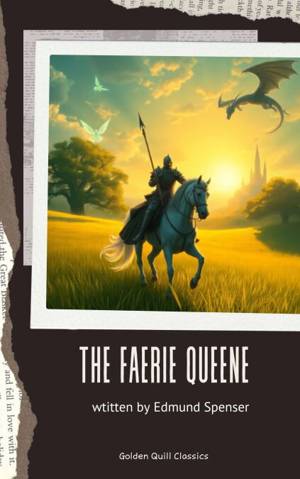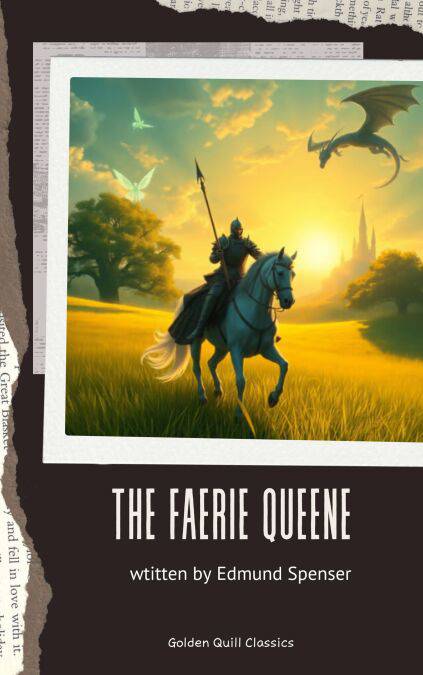
- Afhalen na 1 uur in een winkel met voorraad
- Gratis thuislevering in België vanaf € 30
- Ruim aanbod met 7 miljoen producten
- Afhalen na 1 uur in een winkel met voorraad
- Gratis thuislevering in België vanaf € 30
- Ruim aanbod met 7 miljoen producten
Zoeken
Omschrijving
Knights, quests, and a kingdom of virtue—an epic journey through the heart of Renaissance imagination.
The Faerie Queene (1590–1596), by Edmund Spenser, is one of the greatest epic poems in the English language, blending myth, morality, and political allegory into a sweeping celebration of Elizabethan ideals.
Written in Spenser's unique verse form, the poem follows a series of heroic knights, each representing a particular virtue, as they embark on perilous quests filled with dragons, enchantresses, giants, and symbolic trials. At its center stands Gloriana, the Faerie Queene, a figure symbolizing Queen Elizabeth I and the triumph of wisdom, justice, and holiness.
A dazzling fusion of romance, fantasy, and moral philosophy, The Faerie Queene not only entertained readers of its time but also shaped the course of English poetry and national identity.
Though vast and richly allegorical, its timeless themes of courage, love, and virtue still resonate with modern readers who delight in epic tales of adventure and meaning.
👉 Click "Buy Now" and journey into Spenser's magnificent world of knights, virtues, and timeless allegory.
The Faerie Queene (1590–1596), by Edmund Spenser, is one of the greatest epic poems in the English language, blending myth, morality, and political allegory into a sweeping celebration of Elizabethan ideals.
Written in Spenser's unique verse form, the poem follows a series of heroic knights, each representing a particular virtue, as they embark on perilous quests filled with dragons, enchantresses, giants, and symbolic trials. At its center stands Gloriana, the Faerie Queene, a figure symbolizing Queen Elizabeth I and the triumph of wisdom, justice, and holiness.
A dazzling fusion of romance, fantasy, and moral philosophy, The Faerie Queene not only entertained readers of its time but also shaped the course of English poetry and national identity.
Though vast and richly allegorical, its timeless themes of courage, love, and virtue still resonate with modern readers who delight in epic tales of adventure and meaning.
👉 Click "Buy Now" and journey into Spenser's magnificent world of knights, virtues, and timeless allegory.
Specificaties
Betrokkenen
- Auteur(s):
- Uitgeverij:
Inhoud
- Aantal bladzijden:
- 408
- Taal:
- Engels
Eigenschappen
- Productcode (EAN):
- 9782387170552
- Verschijningsdatum:
- 10/09/2025
- Uitvoering:
- E-book
- Beveiligd met:
- Digital watermarking
- Formaat:
- ePub

Alleen bij Standaard Boekhandel
Beoordelingen
We publiceren alleen reviews die voldoen aan de voorwaarden voor reviews. Bekijk onze voorwaarden voor reviews.








